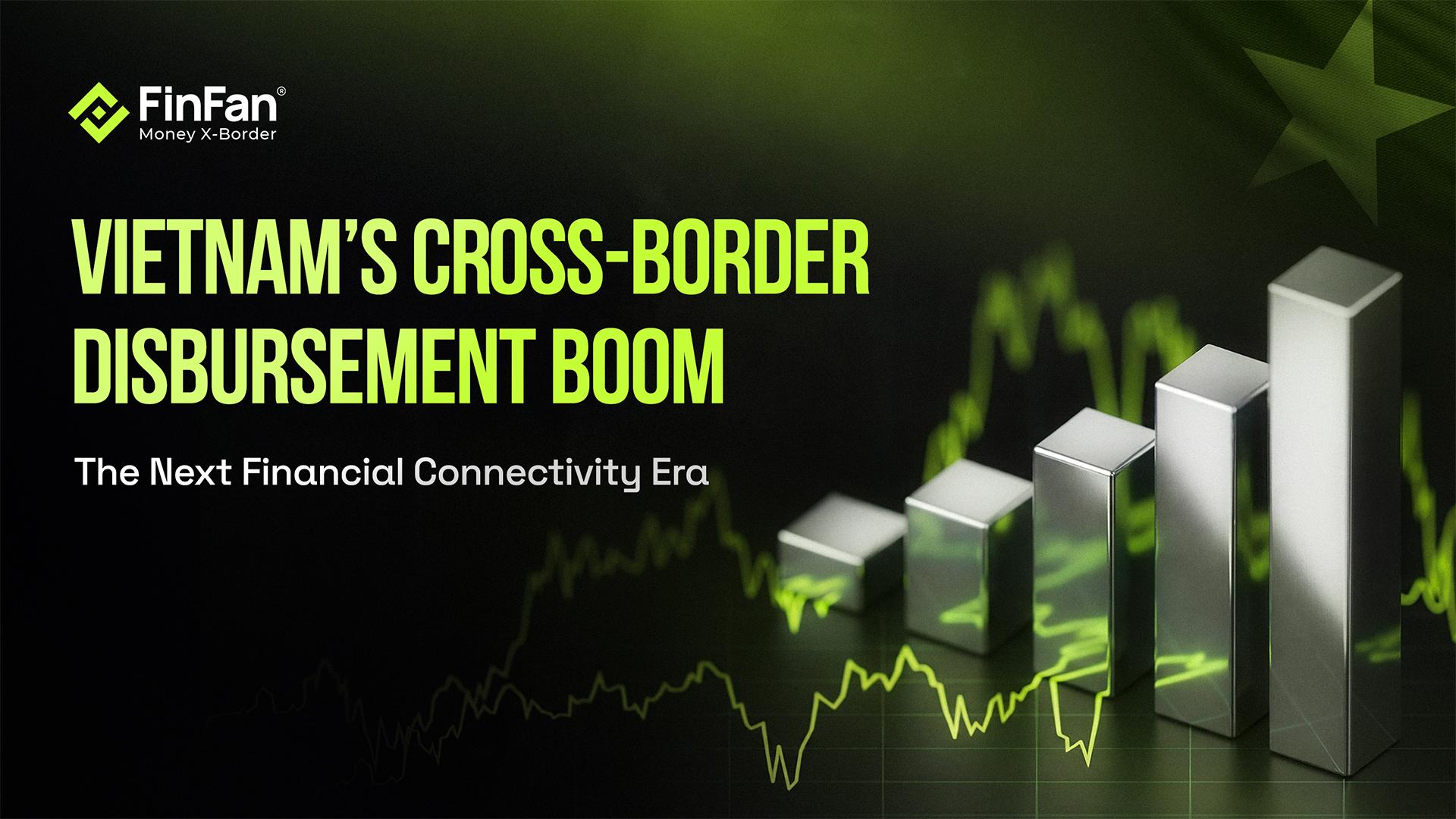Vietnam Accelerates Financial Hub Strategy – Fintech Positioned as a Key Strategic Pillar

In the context of the digital economy and green finance becoming pillars of global development, Vietnam has officially announced a strategy to develop international financial centers, with fintech playing a pivotal role in this new direction.
Speaking at a government meeting on May 10, Prime Minister Pham Minh Chinh emphasized the importance of crafting bold and innovative policies to realize the plan of establishing international financial centers in Vietnam. The goal is not only to attract international investment but also to promote sustainable development, foster innovation and entrepreneurship, and integrate green, digital, and circular economic models.
To achieve this, Vietnam is focusing on:
- Building advanced financial infrastructure: Ensuring payment and securities trading systems meet international standards.
- Attracting international talent: Creating a competitive, appealing living and working environment to draw top financial experts.
- Promoting financial innovation: Encouraging the development of new tools such as green finance, fintech, and advanced risk management solutions.
- Transparent legal environment: Guaranteeing property rights, freedom of business, and freedom of movement, building trust for investors and enterprises.
Policy Framework and Governance Structure
To realize this vision, Prime Minister Chinh has directed relevant agencies to expedite the preparation of essential documents, including assessments of Vietnam’s competitive advantages, potential benefits and risks of an international financial center, along with risk mitigation strategies.
Notably, on May 20, the Steering Committee for Regional and International Financial Centers was officially established. This committee, comprising representatives from central and local governments, will play a key role in directing strategy development, institutional refinement, policy formulation, overseeing the creation and operation of governing bodies, as well as resource allocation and mobilization. This move reflects the government’s strong commitment to advancing this initiative.
Ho Chi Minh City and Da Nang – Strategic Pillars in Vietnam’s Financial Center Vision
Vietnam’s roadmap to becoming an international financial hub is rapidly accelerating, with Ho Chi Minh City and Da Nang identified as strategic focal points. As early as late 2014, the Politburo laid the foundation for this ambition, outlining plans to build a comprehensive international financial center in Ho Chi Minh City and a regional center in Da Nang.
The government’s vision is clear: to develop world-class financial infrastructure with cutting-edge payment and securities trading systems. A key highlight is the strategy to attract global talent through competitive incentives and create an ideal living and working environment for top financial professionals.
In parallel, the government prioritizes promoting financial innovation through the development of new instruments such as green finance, fintech, and modern risk management solutions, while also strengthening international integration and ensuring financial stability through robust oversight.
Over the next five years, Vietnam will implement eight key types of policies to develop these financial centers, blending international practices with local conditions. Notably, six advanced policy models currently adopted by global financial hubs will also be piloted in Vietnam, paving the way for official application starting in 2030.
In Da Nang, local authorities have proposed developing a financial center spanning more than 70 hectares, to be implemented in phases. The city aims to become a regional financial hub with a combination of advanced infrastructure, innovative policies, and strong support mechanisms, with a projected completion time of at least five years.
Meanwhile, Chairman of the Ho Chi Minh City People’s Committee, Phan Van Mai, expressed expectations for the city’s international financial center to be officially established by 2030. The city is actively developing infrastructure, particularly in District 1 and the Thu Thiem area (Thu Duc City), while focusing on training and attracting high-quality human resources to meet the demands of an international financial hub.
With strategic steps and strong investment, Ho Chi Minh City and Da Nang are gradually defining their roles in the global financial landscape. This promises to create breakthrough opportunities for the financial sector, especially fintech, in Vietnam.
Fintech Ecosystem – The Foundation of Modern Financial Centers in Vietnam
The establishment of financial centers in Vietnam is being strongly supported by a booming fintech ecosystem.
Major financial hubs have always served as powerful catalysts for fintech innovation. For instance, in the United Arab Emirates (UAE), leading financial districts have successfully attracted world-class talent and become magnets for fintech pioneers. The Dubai International Financial Centre (DIFC) stands as a prime example: originally a prominent special economic zone, DIFC has evolved into one of the largest innovation communities in the Middle East, home to over 1,240 growth-stage tech firms, innovation companies, digital labs, venture capital funds, and educational institutions. Notable names such as Tarabut Gateway, Yap, and Postpay have emerged from here. Similarly, the Abu Dhabi Global Market (ADGM) is thriving, with over 2,300 entities, including rising fintech stars like FlapKap, Sarwa, and Pyypl.
Vietnam is also aligning with this trend. The domestic fintech industry has seen remarkable growth, with the number of solutions nearly doubling from 115 in 2020 to 220 in 2024. This impressive expansion is underpinned by a series of strategic government initiatives, including:
- The National Financial Inclusion Strategy: Aiming to universalize access to financial services for all citizens and businesses.
- The National Digital Transformation Program: Promoting the application of digital technology across all sectors, including finance.
- Notably, the piloting of a regulatory sandbox for innovative models such as peer-to-peer (P2P) lending, credit scoring, and data sharing based on open APIs has created a favorable environment for experimentation and growth.
These efforts not only strongly boost the fintech ecosystem but also affirm Vietnam’s commitment to building a robust, modern, and internationally integrated financial foundation.





